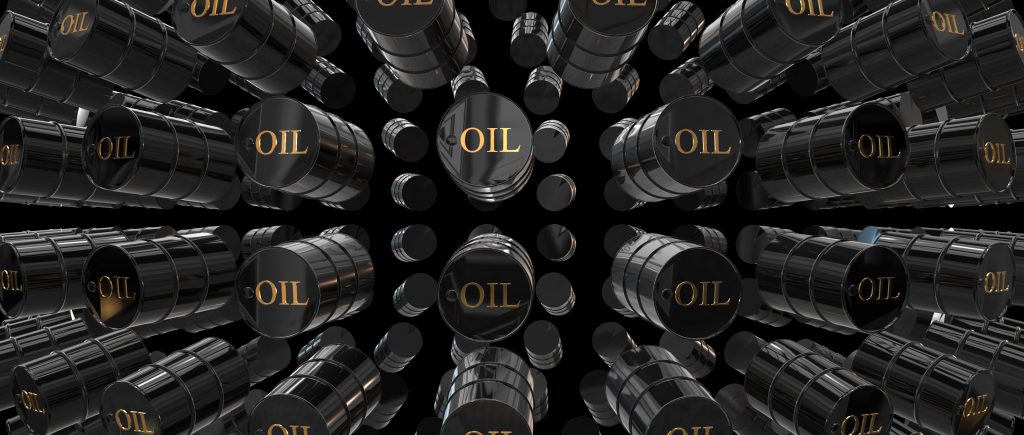WTI crude oil surged past the $75.00 mark on Thursday, climbing to a multi-month peak of $75.54—the highest level since late January—before settling at around $75.20, reflecting a robust gain of around 2.5% for the day. Brent crude is up 2.80%, trading at $78.85 at the time of writing. This dramatic rally was driven by a potent combination of escalating geopolitical tensions in the Middle East and tightening supply fundamentals in the United States. Israeli airstrikes targeting Iranian nuclear and oil infrastructure have heightened fears of potential disruptions in a region that accounts for roughly 20-30% of the world’s daily oil supply, particularly through the critical Strait of Hormuz.
This narrow chokepoint, vital to global energy markets, has come under intense scrutiny as the Iran-Israel conflict intensifies, prompting traders to factor in a substantial geopolitical risk premium. Analysts at Goldman Sachs estimate this premium has inflated crude prices by approximately $10 per barrel, underscoring the market’s sensitivity to regional instability. Compounding these concerns, a significant drawdown in US crude inventories—plummeting by over 11 million barrels last week, one of the steepest weekly declines in over a year—has amplified fears of a near-term supply squeeze, pushing WTI firmly into the mid-$70s.
From a technical perspective, WTI remains firmly in bullish territory, trading well above its 21-day Exponential Moving Average (EMA) near $66.80, signaling sustained buyer control. The daily Relative Strength Index (RSI), hovering around 74.21, indicates overbought conditions, suggesting a potential pause or profit-taking in the near term.
However, the Moving Average Convergence Divergence (MACD) remains solidly positive, reinforcing the strength of the current upward momentum. Should prices break through the $78.00 resistance level, a push toward $80.00 could be on the horizon, a threshold not seen in recent months. On the downside, any pullback is likely to find support around the $70.00 mark, with stronger backing near the 21-day EMA at $66.80. Despite the bullish outlook, market strategists caution that robust US shale production and ample spare capacity within the Organization of the Petroleum Exporting Countries (OPEC) could temper any prolonged rally. Unless the Middle East conflict escalates into a broader regional crisis or disrupts critical shipping routes like the Strait of Hormuz, sustaining prices well above $80 per barrel may prove challenging.
The confluence of geopolitical risks and fundamental supply constraints has placed the oil market on high alert, with investors closely monitoring developments in the Middle East and US inventory reports for further cues. The recent inventory drawdown reflects not only seasonal demand patterns but also unexpected operational constraints at key US refineries, further tightening the supply outlook. Meanwhile, the potential for retaliatory actions between Iran and Israel adds an unpredictable layer of risk, as any disruption to oil infrastructure or shipping lanes could send prices spiraling higher. For now, the market remains gripped by uncertainty, with the delicate balance between supply risks and global production capacity dictating WTI’s next moves.
As tensions simmer and fundamentals tighten, the oil market is poised for continued volatility, keeping traders and analysts on edge as they weigh the prospects of further gains against the backdrop of a complex global energy landscape.

 Noor Trends News, Technical Analysis, Educational Tools and Recommendations
Noor Trends News, Technical Analysis, Educational Tools and Recommendations




